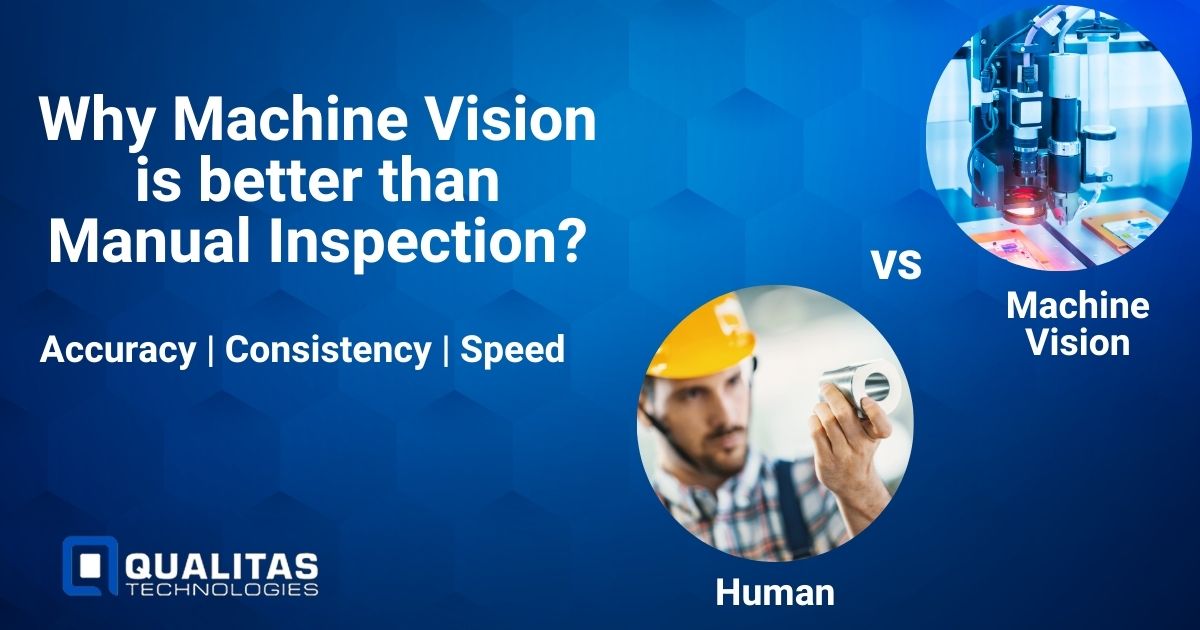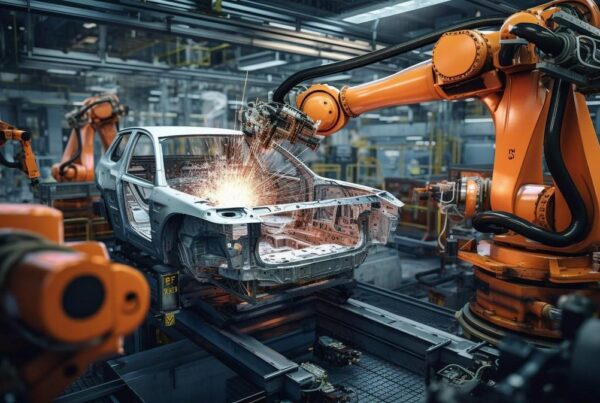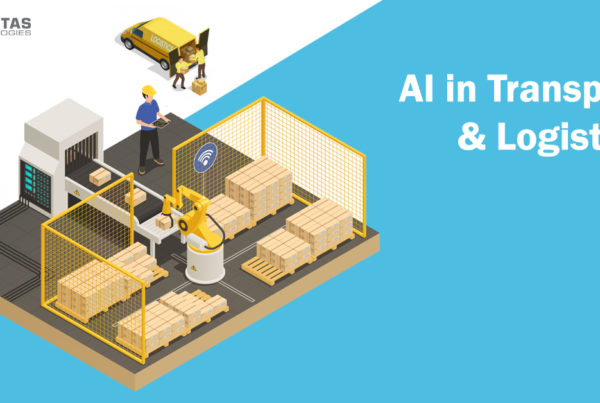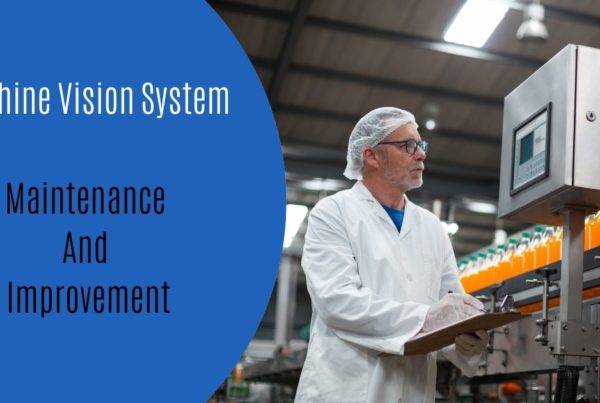
Machine vision technology enables automatic analysis and inspection applications like process control, robotic guidance, or automated inspection using image processing. Machine vision encompasses a wide range of technologies that includes hardware and software products, integrated systems, methods, actions, and expertise. Machine vision is a new technical capability through which existing technology can solve many real-world problems. Machine vision has become increasingly popular within industrial automation spaces because of its capabilities. Using deep learning and machine learning models along with machine vision has enabled businesses to use technology to understand and optimize data better for higher business efficiency.
What are the applications of machine vision?
Object detection –
Machine vision looks for individual objects in an image instead of seeing the whole image as one entity. It eliminates objects that are not relevant to the inspection and only focuses on relevant objects. Object detection is used in an assembly line, sorting, inventory management, quality management, etc.
Surface defect detection –
Surface defect detection is an essential step in quality control. Manual identification is tedious, slow, and error-prone. Machine vision provides accuracy and efficiency in surface inspection with an easy-to-train model. Surface defect inspection can detect defects in bearings, metal surfaces, or casting components.
Print defect detection –
Print defect detection refers to the process of finding anomalies in prints like inconsistencies in text, color, or pattern. The manual inspection often leads to oversight and compromises in quality. AI and deep learning can handle packaging, prints, and labels with greater accuracy and efficiency.
Print character reading –
OCR or Optical Character Recognition is used by machine vision for print character reading. Machine vision keeps track of various objects in the manufacturing chain through print character reading. Identification of name tags or other similar details of the object is done with the help of print character reading in machine vision.
Why Machine Vision is better than manual inspection? How does it deal with defects of small sizes –
Defect detection is the most important and widespread application of machine vision. Machine vision identifies defects primarily in the manufacturing supply chain. This includes dealing with objects that have small defects that go unnoticed by the human eye but might cause structural and functional problems in the product and reduce its quality. For instance, in automobile manufacturing, parts like bearing and gear chains have small and complex parts that need a thorough inspection to meet the safety standards of all the vehicles they are fitted into.
Challenges faced in defect detection in small parts –
Complex geometry –
A lot of the parts built in the manufacturing industry have multiple faces, small detailing, complex shapes, and small detailing. Image acquisition and processing becomes hard for such parts and requires multiple cameras with pictures taken from different angles to capture all the intricacies of the parts.
Complex material handling –
The parts to be inspected need to be exposed to the camera in such a way that their entire surface is visible. A good image can result in better image processing and defect detection. The handling of parts must be done properly for defect detection.
A large number of variants –
There are many SKUs of certain products which are small and large in number. They differ in shape, size, geometry, and color. All of them have different criteria for defect detection and identification. Such a multi-faceted part also needs to be handled by machine vision for defect detection.
How does Machine Vision see a defect and measure it?
Different images are produced using different cameras and lenses having different resolutions and image capturing capabilities. The measurement of image size is dependent on these factors and is measured in the unit of pixels. The number of pixels is the adequate representation of an image. The machine vision sees a defect through the acquired image. It means that the machine vision system also represents and measures defects in terms of pixels. 5 to 10 pixels is the smallest size of defect which can be accurately measured by the machine vision system. For instance, you have an object of dimensions 5mm x 5mm that is captured using a 5MP camera. The pixel dimensions of this object will be 2500 pixels x 2500 pixels. So, 5mm of this object represents 2500 pixels, which gives you a 2 microns/pixel ratio. The minimum defect dimension would then become 20 microns if the minimum pixel length is considered to be 10 pixels. If a large metallic sheet is measured as 5000mm x 5000mm is measured, the same 2500 pixels x 2500 pixels will now span a bigger length. This yields a ratio of 2 mm/pixel, or 20mm minimum defect size to be measured for that sheet.
Pinhole defects in packaging –
Pinhole defects are packaging failures where a small defect or hole is introduced into the packaging that compromises the sealing of the package. It can be caused due to flex cracking, abrasions, or straight-line punctures. Pinhole defects can cause a significant impact on the overall cost and speed of the project. Using machine vision technology, pinhole packaging defects can be resolved as pinholes come under the minimum defect dimension range that a machine vision system can successfully detect. This can prevent any efficiency losses in the food packaging industry.
Summary –
Thus, machine vision systems can deal with defect identification of small sizes. There are a few challenges that need to be addressed during the detection of such defects. Many parts have complex geometry, or material handling of fragile parts can be a challenge and a large number of variants can pose a difficult task for the machine vision system. The minimum defect dimension measured in such cases is always measured in terms of pixels and is dependent on the size of the object. The smallest measurement of defect can be of range 5 to 10 pixels for successful defect identification





